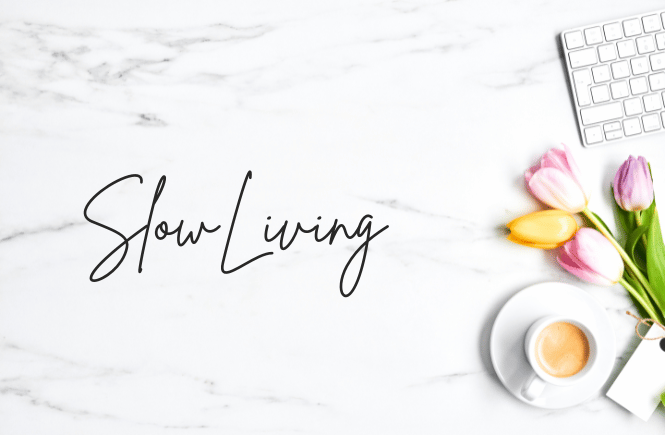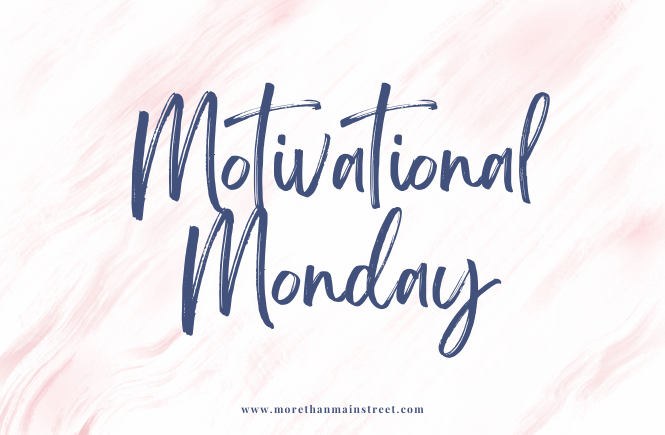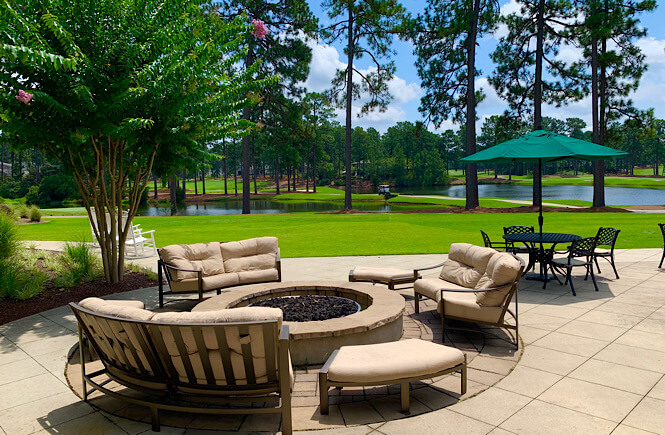Feeling burned out by the constant hustle and bustle of life? Discover what slow living really means + simple habits to help you live more intentionally—even if you hate sitting still.
When You Need A Slower Pace of Life
Do you ever feel like you’re living life on a treadmill that’s set just a little too fast?
Like you’re constantly running from one thing to the next, checking boxes, keeping up, hustling hard—but wondering why you’re still so frazzled and unfulfilled?
Same, friend, same.
If you’ve ever said, “I don’t know how to slow down,” you’re not alone. Slowing down can feel unnatural in a world that praises productivity over peace, and busy-ness over balance.
But here’s the truth: you don’t have to give up your goals, dreams, or adventures to embrace a slower, more intentional life.
This post is for the go-getters, the list-makers, the always-on-the-go-ers (Hi, that was me too!). We’re going to unpack what slow living really is, what it’s not, and some practical habits to get started—even if you’re not wired to sit still for long.
What Is Slow Living, Really?
Let’s start with a little clarity because slow living often gets tangled up with other trends. At its core, slow living is a lifestyle that emphasizes:
- Mindfulness: Being fully present in each moment.
- Intentionality: Choosing how you spend your time, energy, and resources.
- Simplicity: Clearing the clutter, both physically and mentally.
- Self-care: Prioritizing your mental, physical, and emotional health.
- Connection: Deepening your relationships with people, nature, and yourself.
- Savoring experiences: Truly soaking in the small joys.
- Doing less, but better: Focusing on what matters most and letting go of the rest.
It’s about quality over quantity, presence over pressure, and living in alignment with your values instead of someone else’s pace or expectations.
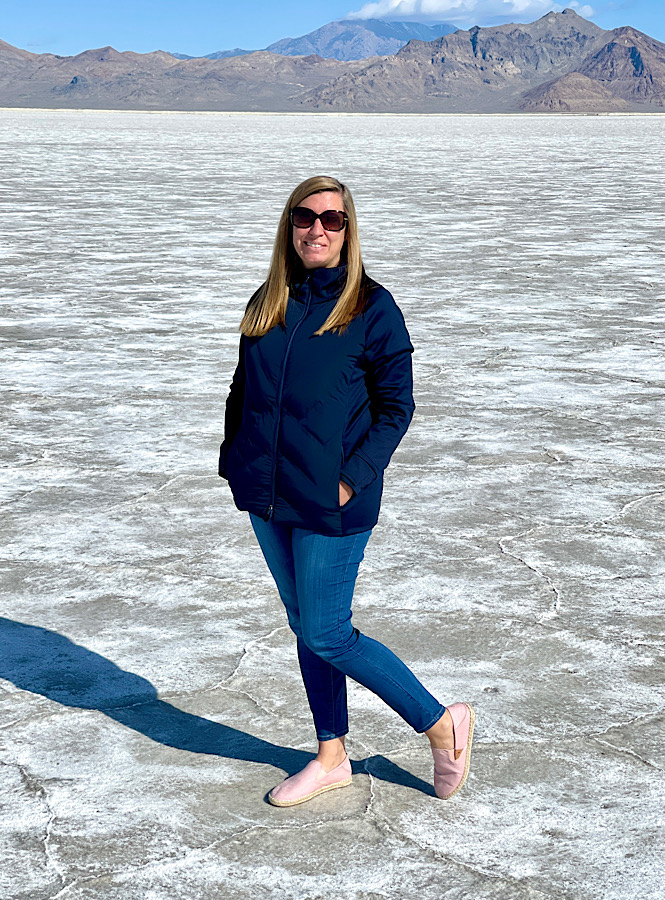
My Story: A Recovering Rush-A-Holic
If you asked my friends or family to describe me, they would probably use words like “busy,” “on-the-go,” or “always planning the next adventure.”
And they’d be right. I love traveling, concerts, new experiences, and soaking up all that life has to offer. I’m not someone who naturally gravitates toward stillness.
But here’s what most people don’t know: I left behind “rush culture” years ago. Not because I wanted to slow down, but because I had to.
One of my biggest triggers for anxiety was being rushed. Tight timelines and overbooked schedules would literally make me sweat. People would ask, “Are you mad? Are you okay?” And I’d be like, nope—just having a mini internal meltdown because I feel like I’m constantly rushing through life.
So, I made changes.
I started paying attention to what made me feel calm, grounded, and whole. I couldn’t ditch timelines or structure completely (hello, real life), but I could make choices that supported a slower, more intentional way of being.
And you know what? My mental health has drastically improved.
Now I call it slow-ish living—a version that works for me. And maybe it can work for you, too.
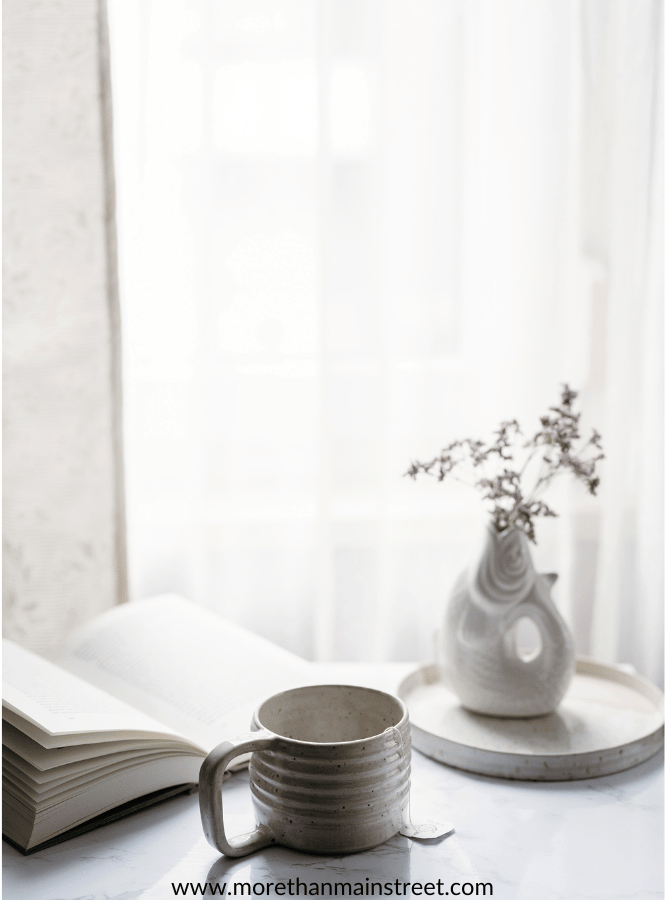
5 Myths About Slow Living (That Might Be Holding You Back)
Let’s clear up a few things. If the idea of slow living makes you picture a minimalist cabin in the woods with no Wi-Fi, let’s pump the brakes.
1. Slow Living = Minimalism
Nope!
While minimalism and slow living can overlap, they’re not the same. Minimalism is about owning fewer things. Slow living is about creating space to enjoy your life more.
For example: if your garage is organized to the max but still makes you feel overwhelmed every time you walk in, it’s not about “owning less” for the aesthetic. It’s about clearing the chaos to support your mental peace.
2. Slow Living = Intentional Living
Close, but not quite. Intentional living is about aligning your life with your values (and yes, slow living includes this), but slow living also emphasizes pace. It’s not just about what you do—it’s about how you do it.
3. Slow Living = Off-Grid Living
You don’t need to homestead, live zero-waste, or adopt a Scandinavian hygge lifestyle to embrace slow living. These lifestyles can definitely complement slow living, but they’re not the defining features.
4. Slow Living = Having a Set Plan
Actually, the opposite!
Slow living is a journey of self-discovery. It’s not about rigid routines or productivity hacks. It’s fluid, ever-evolving, and meant to adapt to different seasons of your life.
5. Slow Living = Boring
Hard pass.
Slow living isn’t about doing less for the sake of doing less. It’s about doing more of what matters. When you start living this way, you’ll find yourself more energized, more connected, and more alive.
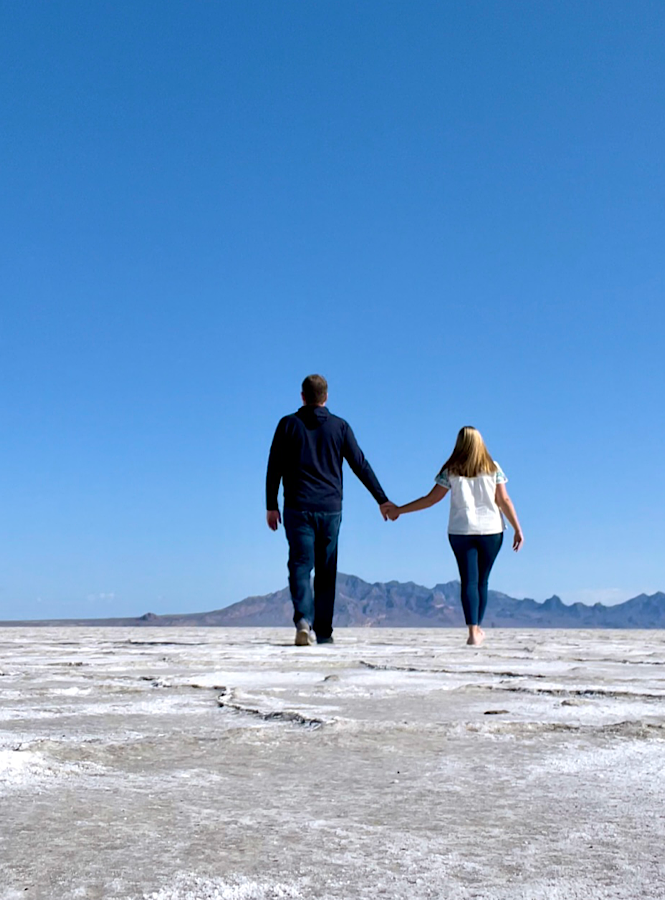
5 Habits to Try If You Want to Embrace Slow Living
Want to dip your toes into slow living?
Here are some simple habits that can help you start living at a slower, more meaningful pace—even if you’re not ready to ditch your day planner.
1. Start With a Slow Morning Routine
Instead of hitting snooze five times and rushing through your morning, try waking up 10 minutes earlier and doing one thing that grounds you. It could be sipping coffee in silence, journaling, stretching, or just opening the windows and taking a few deep breaths.
Grab my top tips on a creating a morning routine that actually works!
2. Stop Multi-Tasking (Really)
Multitasking is a myth.
Focus on doing one thing at a time. Whether you’re eating lunch, replying to emails, or folding laundry, give it your full attention. You might be surprised at how much calmer and more present you feel.
3. Do a Digital Detox (Start Small)
You don’t have to go off the grid to enjoy the benefits of unplugging.
Try eating one meal a day without your phone. Leave your phone inside during your evening walk. Visit a friend and leave your phone in the car. Be intentional about your media diet—mute, unfollow, or delete anything that drains your energy.
4. Turn the Mundane into Something Special
Slow living is all about savoring the small things.
As cheesy as it sounds, romanticize your life. Take your ordinary coffee routine and turn it into a mini ritual. Use your favorite mug. Smell the beans. Sip slowly. Be present. Let it be a moment of joy.
5. Prioritize Connection
Schedule real quality time with people who light you up.
Go for a walk with a friend, plan a no-phones dinner, or simply sit and talk without distractions. Deeper connection is one of the most life-giving aspects of slow living.
Bonus Habits to Sprinkle Into Your Day
Experts agree that practicing a slower lifestyle can lead to less stress, becoming more aware and attentive, and more mindful.
- Make a little joys or gratitude list at the end of the day.
- Practice mindful consumption: be intentional with what you buy, read, watch, and eat.
- Get out of your comfort zone: try new things, explore new hobbies, say yes to new experiences that align with your values.
- Declutter one small space to create more calm.
- Make space for self-care that actually refuels you, not just the stuff you think you should do.
If you haven’t noticed, I’m all about self care! Schedule yourself a Self Care Sunday, try my simple self care challenge,
You Don’t Have to Do It All to Do It Well
Slow living doesn’t have to be all or nothing.
It doesn’t mean giving up the things you love or trying to fit into someone else’s mold. It means creating a life that feels aligned, grounded, and full of what matters most—to you.
Whether you adopt a full slow living lifestyle or simply sprinkle in a few intentional practices, the goal is the same: to live a life that feels less like a race and more like a joyful, meaningful journey.
So take a deep breath, friend. You can do this.
Slow-ish living might just be the best kind of rebellion.

